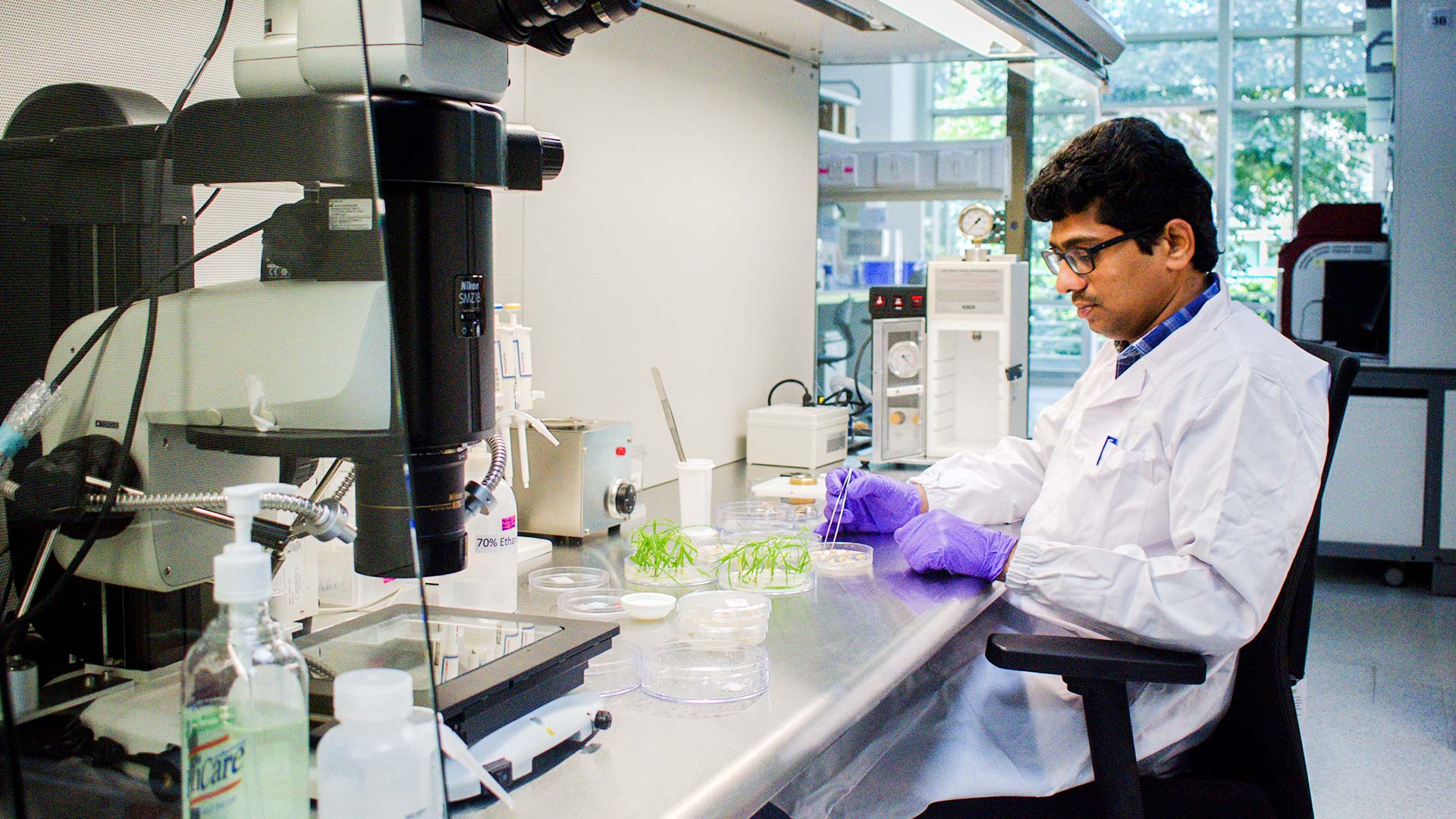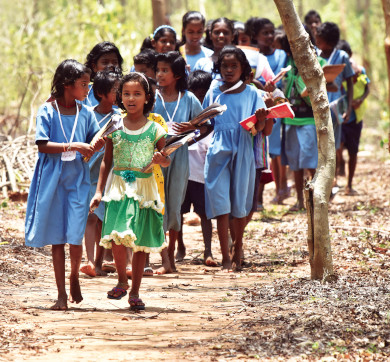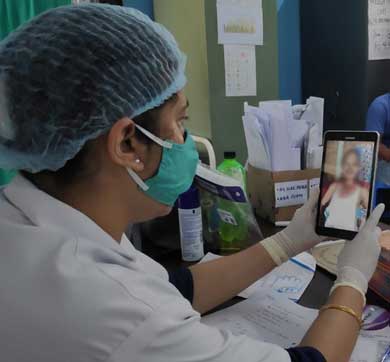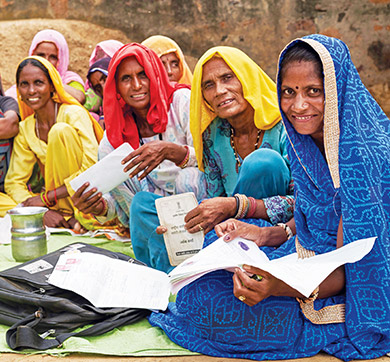June 2022 | 1239 words | 5-minute read
What advances a nation, or a community is not so much to prop up its weakest and most helpless members, but to lift up the best and the most gifted, so as to make them of the greatest service to the country,” said the Tata group Founder, Jamsetji Tata. No words can better describe the vision and the work the Tata Institute for Genetics and Society (TIGS) does.
Founded in 2017 by Tata Trusts, the institute is a unique venture that aims to use science and technology in genetics and genomics to solve societal problems. TIGS is located within the campus of the National Centre for Biological Sciences (NCBS) and the Institute for Stem Cell Science & Regenerative Medicine (inStem), Bengaluru, and is part of the Bangalore Life Science Cluster (BLiSC). TIGS is committed to making scientific advances in research on human health and agriculture, particularly to benefit India and its population.
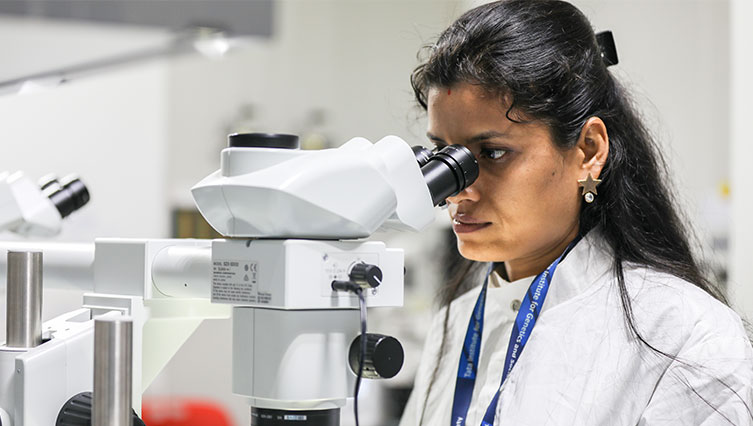
Dr Rakesh Mishra, director of TIGS, articulates its mission: “We use high-end science and technology to develop solutions to some of the complex challenges in healthcare and agriculture. In our three focus areas — Infectious Diseases, Rare Genetic Diseases, and Crop Improvement — we are focusing on building capabilities to take benefits of cutting-edge science to society.”
Fighting Infectious Diseases
The importance of its mission cannot be overstated in these times. During the Covid19 pandemic, TIGS, along with other partners and the Bengaluru Municipal Corporation, set up Precision Health, a platform to regularly test wastewater from sewer sheds to estimate the abundance of SARS-CoV-2 RNA strains, which serves as an early warning signal for Covid-19 outbreak in the city. TIGS is in the process of extending it to monitor the outbreak of other diseases and to focus on antimicrobial resistance (AMR).
Indiscriminate use of antimicrobials/antibiotics has fueled AMR which means pathogens such as bacteria evolve over time to become resistant to medications used against them.
According to Dr Mishra, it is estimated that by 2050, 10 million people may die from AMR every year unless there is a significant and cross-functional change in approach. “The public, healthcare professionals, scientists, industry, and the government have to work together to prevent this impending catastrophe. We need to bring in more awareness among the public about the repercussions of misusing antibiotics, and we need better governance on the use of antibiotics,” says Dr Mishra. The institute is developing innovative strategies including environmental surveillance to counter bacterial pathogenesis and AMR.
"We need to bring in more awareness among the public about the repercussions of misusing antibiotics, and we need better governance on the use of antibiotics."
This requires an interdisciplinary approach with a coalition of science-based groups having humanitarian values — an aspect the institute has consciously pursued ever since its founding. Within the area of infectious diseases, researchers work on several thematic subjects to integrate human health with disease ecology — a ‘One Health’ approach, which recognises that people’s health is closely connected to the health of animals and the shared environment.
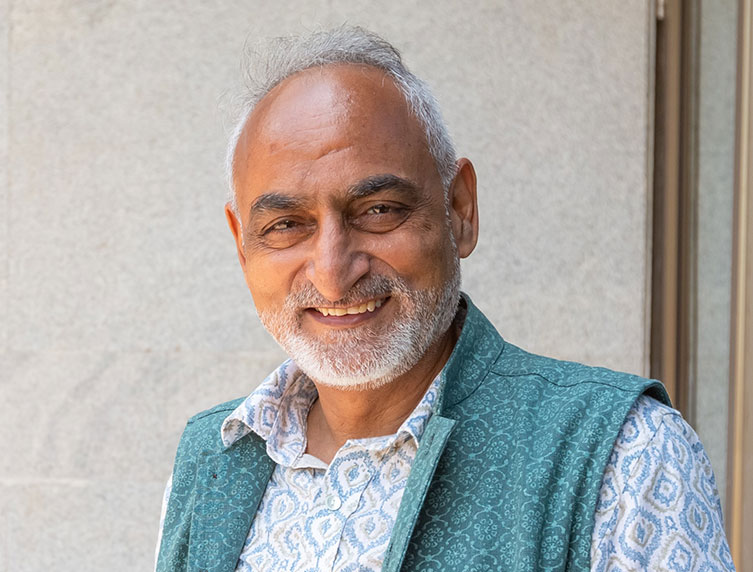
Fundamental to the One Health strategy is disease ecology — a theme encompassing the ecological study of host-parasite interactions within the context of their environment and evolution. The interdisciplinary approach draws on genetics, molecular ecology, epidemiology, and modeling to understand how biological, social, and physical aspects of the environment can influence disease transmission, intensity, and distribution. TIGS aims to gather the information that can help design effective vector control strategies and map disease ecology at the local scale for vector-borne diseases such as dengue, malaria, chikungunya, and zoonoses such as scrub typhus in India.
In vector control, the institute seeks to use an evidence-based understanding of the behavior, biology, and ecology of mosquitoes to develop better alternatives. In this context, putting traditional knowledge to modern scientific scrutiny is an approach to finding safer solutions in lesser time. The primary objective is to find ecologically responsible means of controlling mosquito vectors.
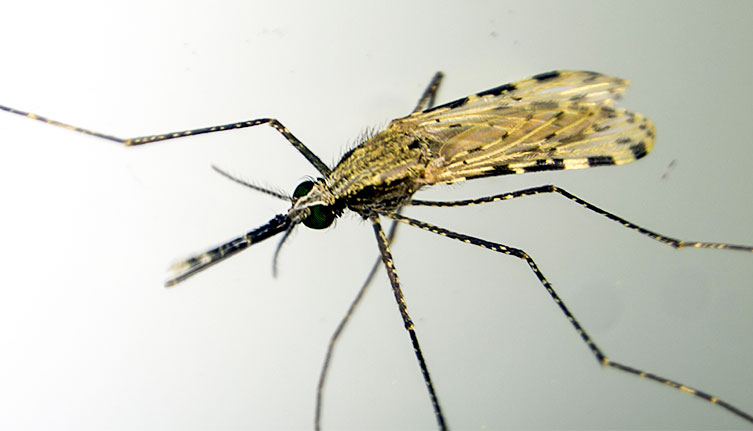
AMR and environmental surveillance — of which the work with Precision Health is an example — form the other themes within the area of infectious diseases.
Combating Rare Genetic Disorders
“Our population size and endemic social practices point to a high burden of rare diseases in India, estimates say about 70-96 million,” says Dr Mishra. “We aim to develop diagnostic and therapeutic strategies that are more affordable and accessible. We are also focused on engaging communities, policy makers, and industry stakeholders to resolve bottlenecks and ensure the fruits of cutting-edge science meet societal needs.”
The institute aims to develop diagnosis that can be used for screening at population scale while working at indigenisation and development of affordable interventions, critical in a country like India. “Currently, treatments are available for only 5% of documented rare diseases, and most of them can cost crores,” says Dr Mishra. “This means most patients with rare diseases don’t have access to treatment. Scientific breakthroughs in the last few decades have given us the ability to change that, and we would like to make use of them to help people.”
Improving Crops
Not many generations ago, India had severe food scarcity. Interventions like the green revolution for wheat, rice and other staples; and Operation Flood for dairy have helped the country achieve self-sufficiency to a great extent. At the heart of this lies crop science and research. But the country faces new challenges with climate change, scarcity of freshwater, pests, and diseases.
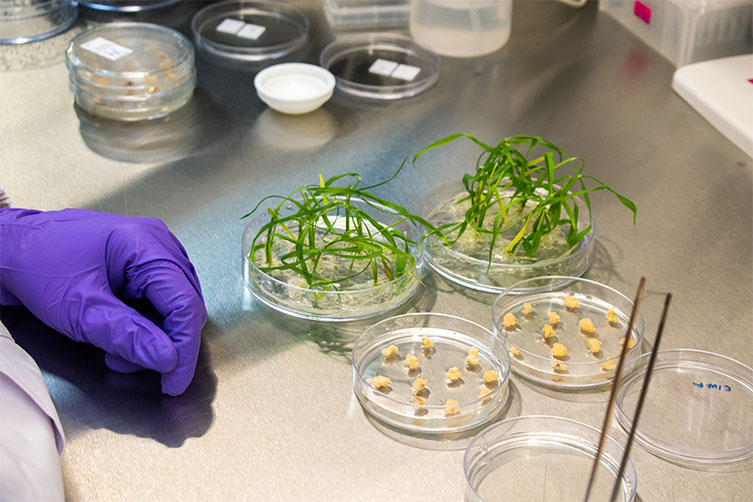
“A growing global population necessitates improved crops that are more productive and resilient,” says Dr Mishra. “We also need sustainable approaches to reduce our dependence on natural resources.”
“A growing global population necessitates improved crops that are more productive and resilient."
Presently, the institute works with rice breeders to identify varieties that can be improved through genome editing. For example, researchers edit sties in the genome of selected plant types (cultivars) to make them resistant to diseases and pests, but tolerant to herbicides. To ensure nutrition and better consumer health, TIGS is collaborating to identify rice mutant lines with improved nutrient and low glycemic index values. TIGS intends to extend these approaches to other crops, such as pulses and millets.
Need to advance science
TIGS conducts outreach programmes to communicate challenges and opportunities that science brings to improve society as well as encourage exploration and generate interest.
The problems that TIGS seeks to solve are unique to India, and the solutions cannot necessarily be transferred from elsewhere. Dr Mishra stresses that healthcare and agriculture will form the major pillars of the economy and encourages young people to take to science.
“Our country’s biggest asset is our young population; they need to be convinced that with a career in science they can contribute towards nation-building."
Says he, “Our country’s biggest asset is our young population; they need to be convinced that with a career in science they can contribute towards nation-building. I would encourage young people to be curious about the challenges surrounding them, seek out science-based solutions, team up with those who are in similar pursuits, and persevere in their efforts. A healthier, more equitable and brighter future depends on you.”
The Insectary at TIGS
Imagine walking into a room full of mosquitoes. Not the ones you swat every evening, but Anopheles stephensi and Aedes aegypti, the species that cause most vector-borne diseases in India. You may not hear the buzz of the insects near your ear but feel the climate-controlled interiors and daylight simulation that keeps these mosquitoes comfortable.
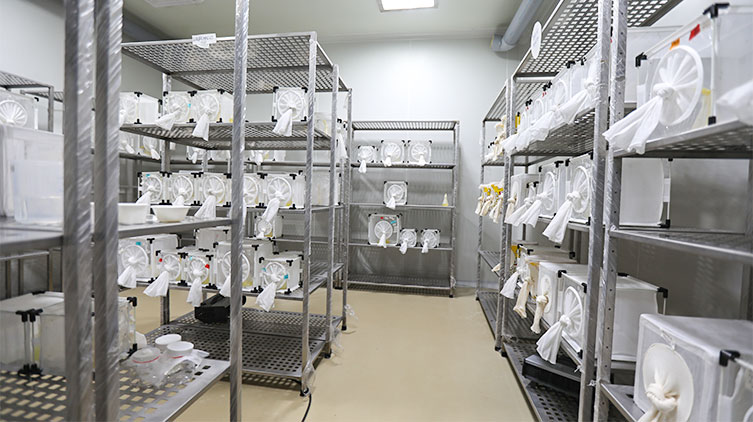
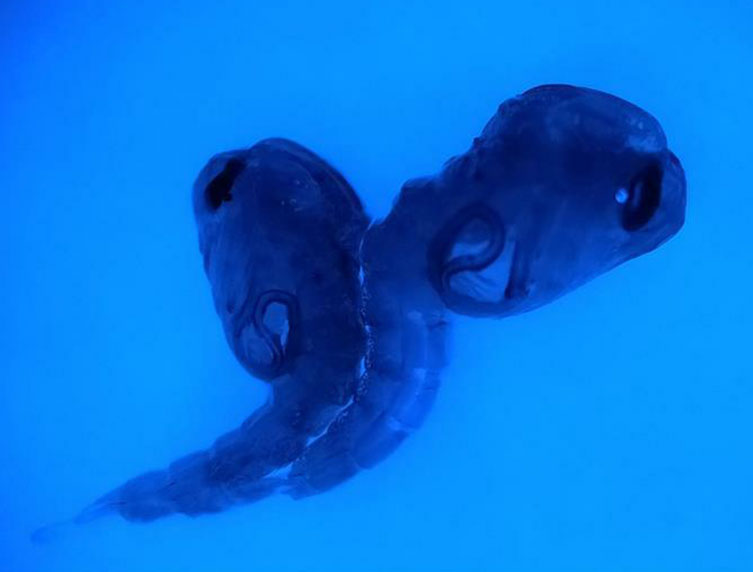
This is an insectary, a space where researchers observe and learn about insects for a better understanding of disease to help society at large. (See the sub-section on infectious diseases.
Visit the TIGS website here: tigs.res.in
- Haroon Bijli




